Advice for artists > Why is taking risks so important for our growth? In this excerpt from “The Confident Artist,” Jed Dorsey shares the importance of looking back at how far you’ve come.
By Jed Dorsey
www.jeddorseyart.com
Learn from Jed Dorsey in person at the 2020 Plein Air Convention & Expo! The Plein Air Convention has sold out and turned people away every year. Don’t let it happen to you. Reserve your seat now for the experience so good we offer a money-back guarantee. This is the only year in Denver, Colorado. You don’t want to miss these amazing landscapes. The Super Early Bird price is only $897 (ends November 29!).
When we know we are growing, it gives us encouragement to keep taking steps forward. Each step forward helps us grow in confidence as we claim new territory and gain new knowledge and skills.
Advice for Artists > Where Did You Start?
If you are feeling stuck or discouraged, this is what I recommend. Go back and look at your work from the beginning. Look for all the ways in which you’ve made progress. Consider the following questions to ask yourself:
• Where do your new paintings succeed where an older version wasn’t quite there?
• Do you know yourself better as an artist and thus feel more confident in your own style?
• Can you remember back to when you were hesitant to paint in front of people?
• Have you changed mediums and discovered one you absolutely love?
• Do you understand value better?
• Do you understand how to use any tools of the trade better since you first started?
• Have you improved any painting techniques?
Looking Back
Through comparison with older work, you’ll be able to identify patterns of strengths to embellish and weaknesses to improve upon. Sometimes it’s difficult to see that we are progressing at all, and that is when a look back can be most helpful. We will find encouragement in the fact we have grown. The trick is not to compare your work too often, or you might not be able to see change. I’d recommend painting for a few months at least before you do any real comparing.
But how should we compare? Do you remember the rules of positive critique? This is a great time to apply them. Always ask yourself what you love about those earlier paintings. Sometimes that will be a lot and sometimes just one or two things. Even if it was just the subject matter, there’s still something good about them. Don’t forget, too, that those old paintings — even if you think they were failures — represent your progress as an artist, and they are valuable because of that. You may simply have learned something not to do. But each lesson you learn is big.
We will find encouragement in the fact that we have grown.
Consistency Is Still Key
It’s also important to know that looking back at old paintings will only reveal growth if you are putting in consistent effort. If you don’t paint for an extended amount of time, don’t be surprised if, when you pick up the paint brushes again, it feels like you’ve regressed. It’s just like anything. You’ve gotten a bit rusty. But that doesn’t mean you lost your skills or abilities. You just need to get back in the groove.
Advice for Artists > Another Reason to Look Back
But what if you have been painting consistently and are in a rut? Well, looking back at older paintings can be helpful in this case, as it can help remind you what you have done well in the past. Go back and find a painting you did that you love. Ask yourself what was great about it and try to emulate the techniques you used to create that painting. Was it the composition, lighting, color palette choice, or subject matter? Can you incorporate something you love from an old painting into a new work?
I have a few of my early paintings in our house. Sometimes I look at them and think, “How did I do that?” There is a freshness and freedom that I love, and it’s helpful for me to see them because they remind me to paint with liberty and not take myself too seriously. Sometimes they give me ideas that I can incorporate into new works.
Related Article > 10 Ways to Take New Risks
Paintings by Jed Dorsey, Since 2002:
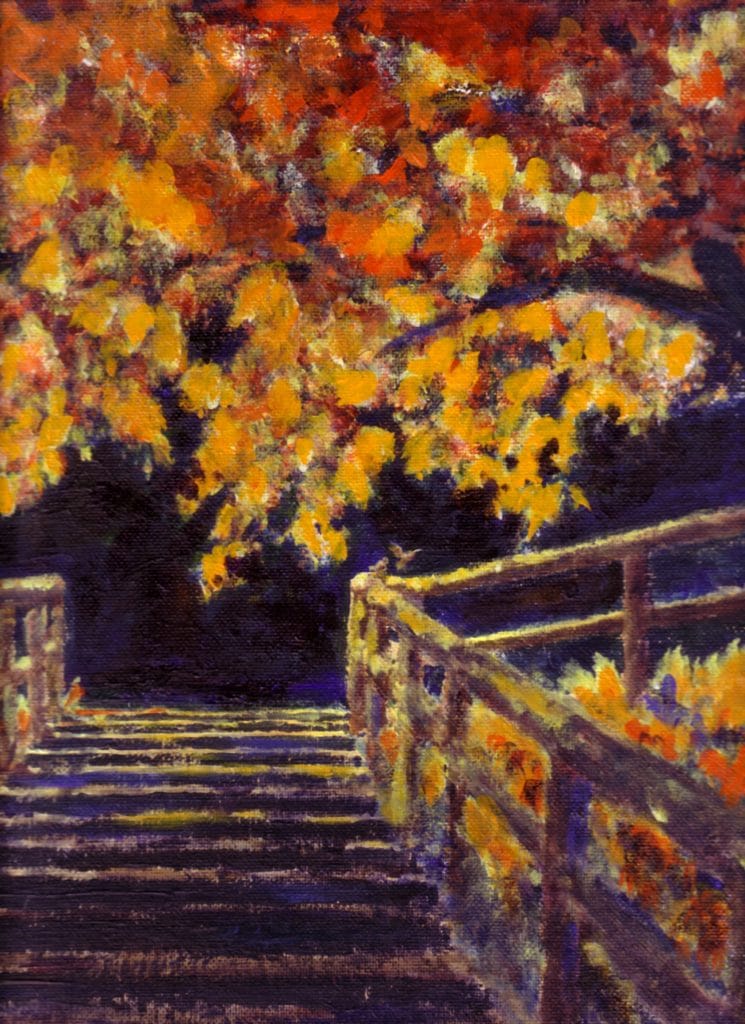
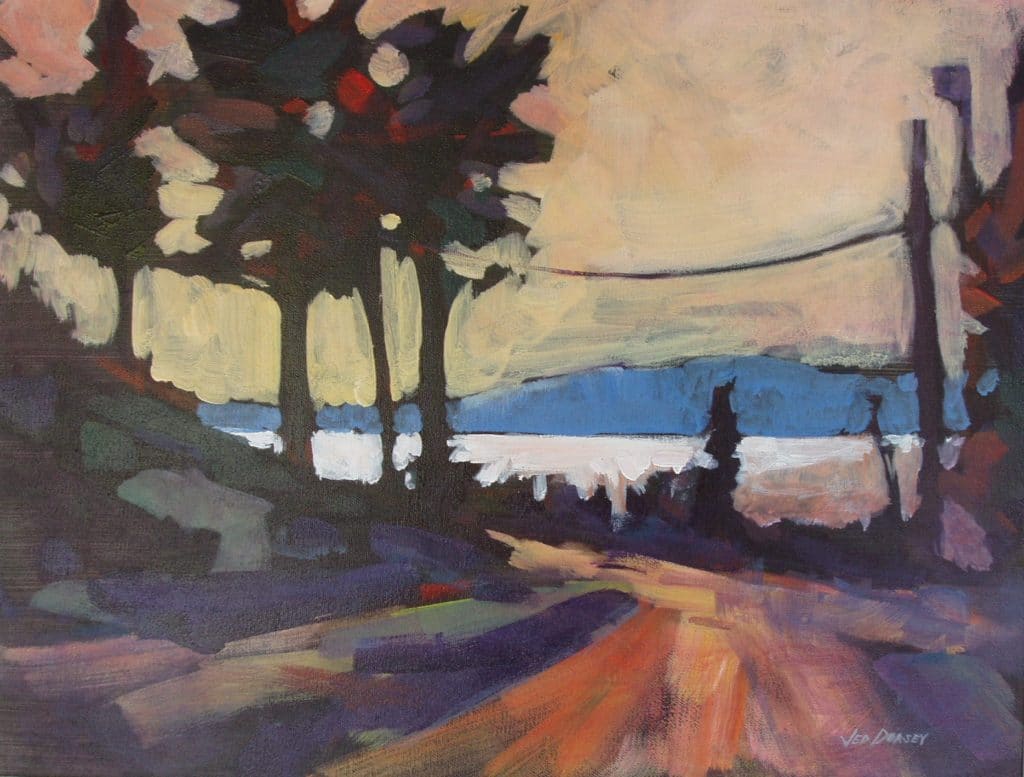
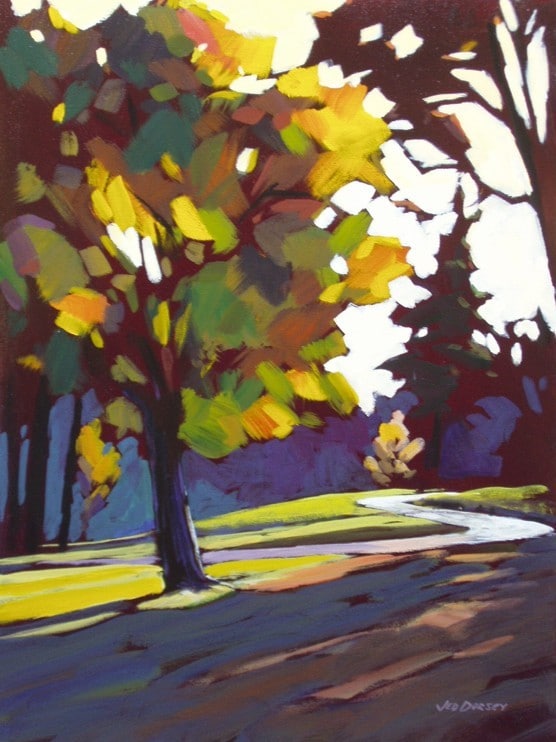
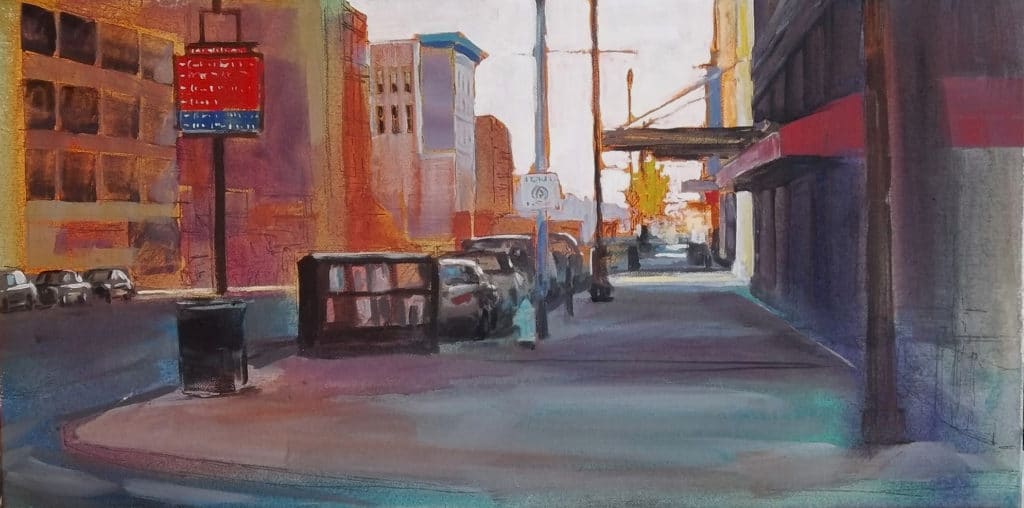
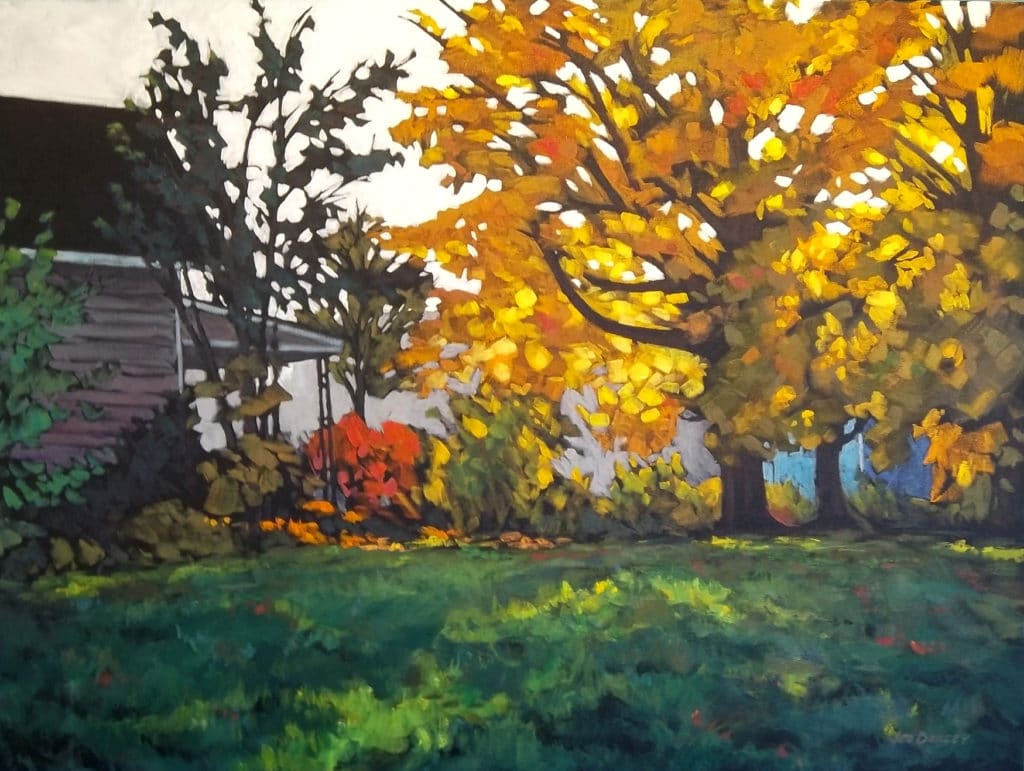
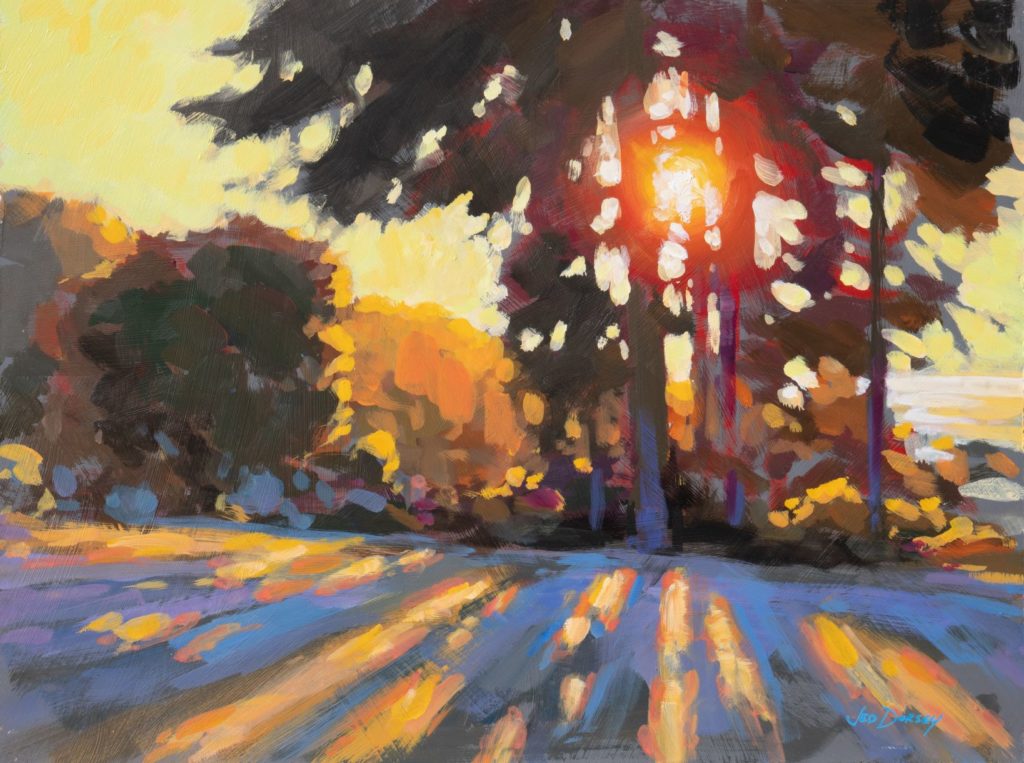
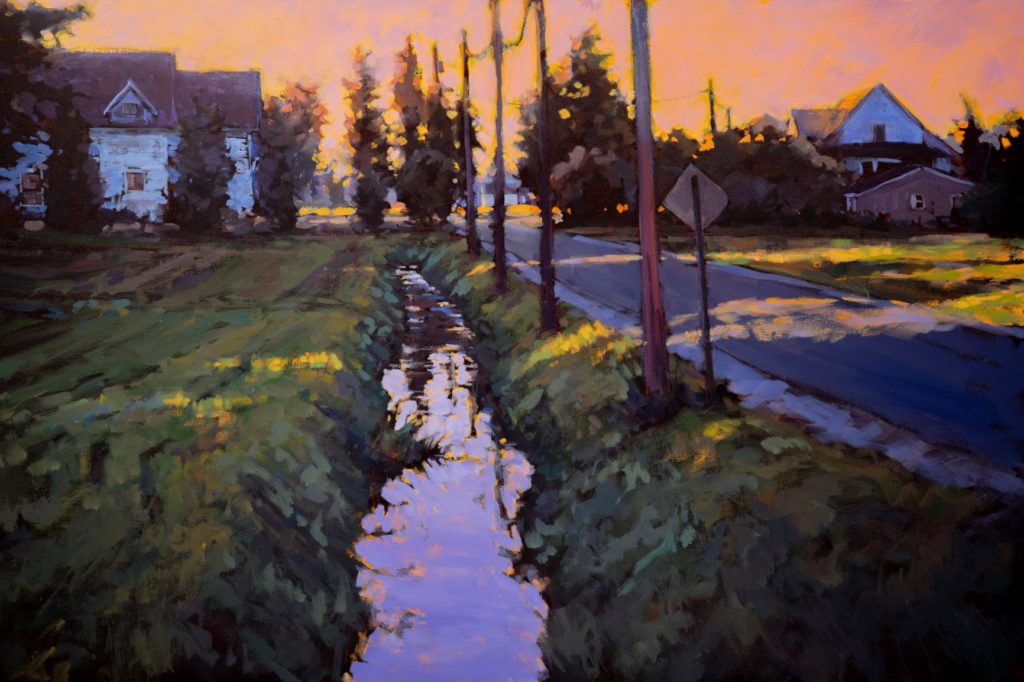
Jed Dorsey is a fourth-generation artist and author of “The Confident Artist: Ten Secrets for Overcoming Fear and Unleashing Creative Courage.” He is best known for his radiant, color-filled landscapes and is passionate about acrylics. Jed fell in love with this medium after stumbling across some beautiful paintings by the Canadian artists Robert Genn and Mike Svob in 2001. Jed was fortunate to study under these artists during his formative early years as a painter in Vancouver, BC. Since then, he has studied under other great artists like Ovanes Berberian, John Michael Carter, and Carolyn Anderson. He began painting outside in acrylics while living in Indiana and has won numerous awards at various plein air events since then. He now lives on Camano Island, WA, where he paints, teaches, and creates instructional painting videos through Acrylic University. Learn from Jed Dorsey in person when he shares more advice for artists at the 2020 Plein Air Convention & Expo!
Upcoming travel and art events with Streamline Publishing:
- May 2-6, 2020: The 9th Annual Plein Air Convention & Expo
- June 7-14, 2020: Publisher’s Invitational: Paint Adirondacks
Like this? Click here to subscribe to PleinAir Today,
from the publishers of PleinAir Magazine.

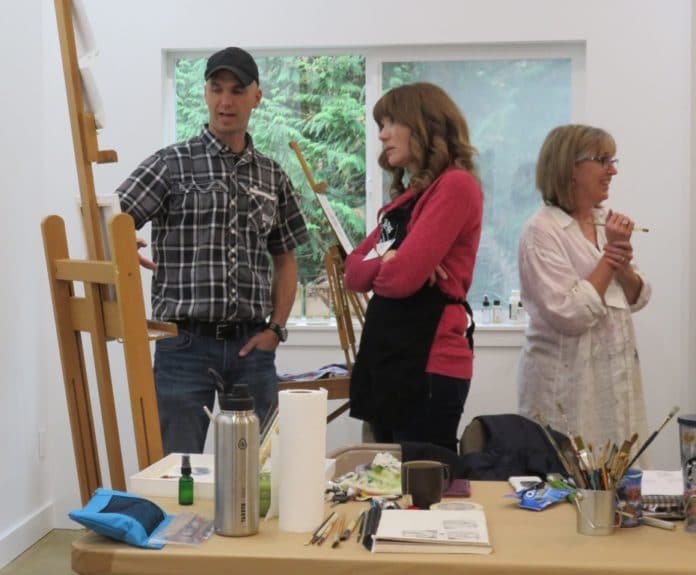
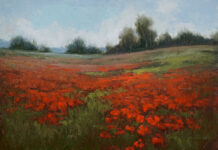
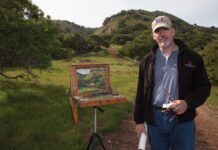
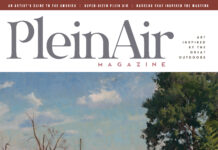
Hi Jed Dorsey . Thanks for the Confident Artist book . Ir was very important for me. I live in Costa Rica and I am begining ( 3 years) painting in oil. Thanks.